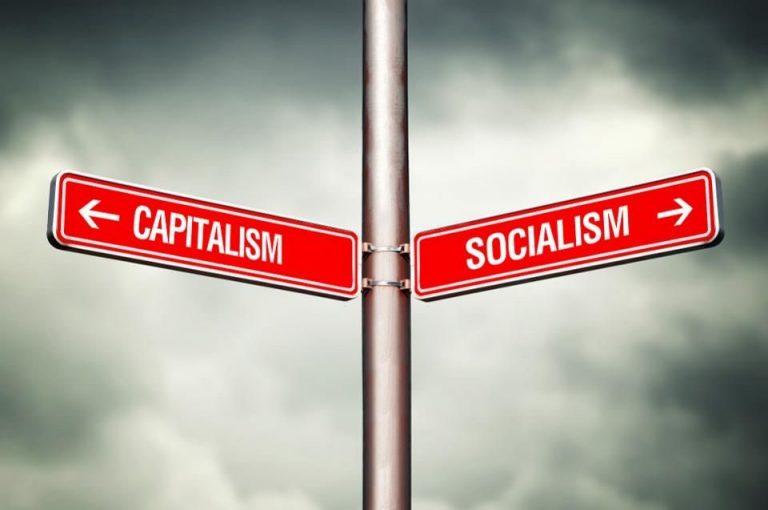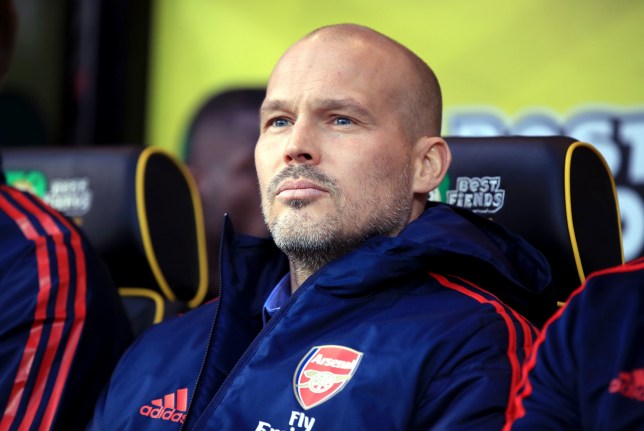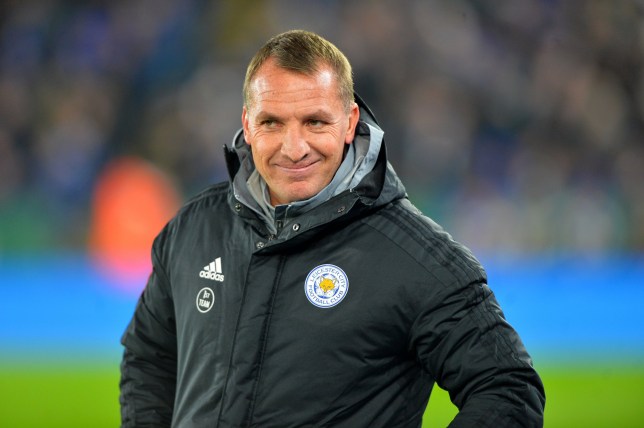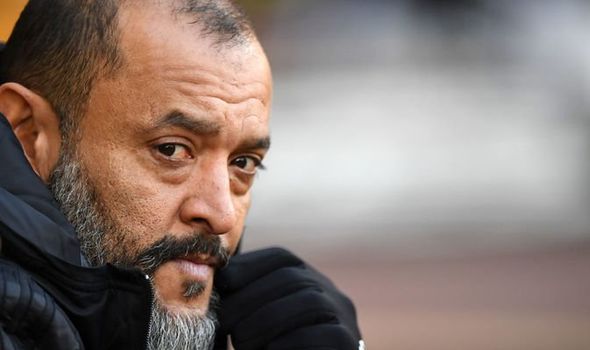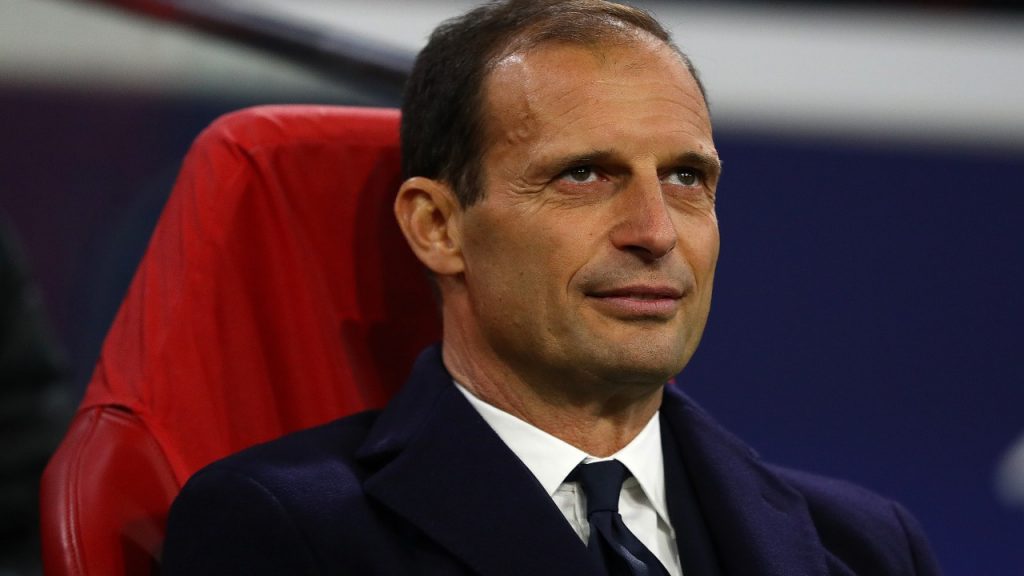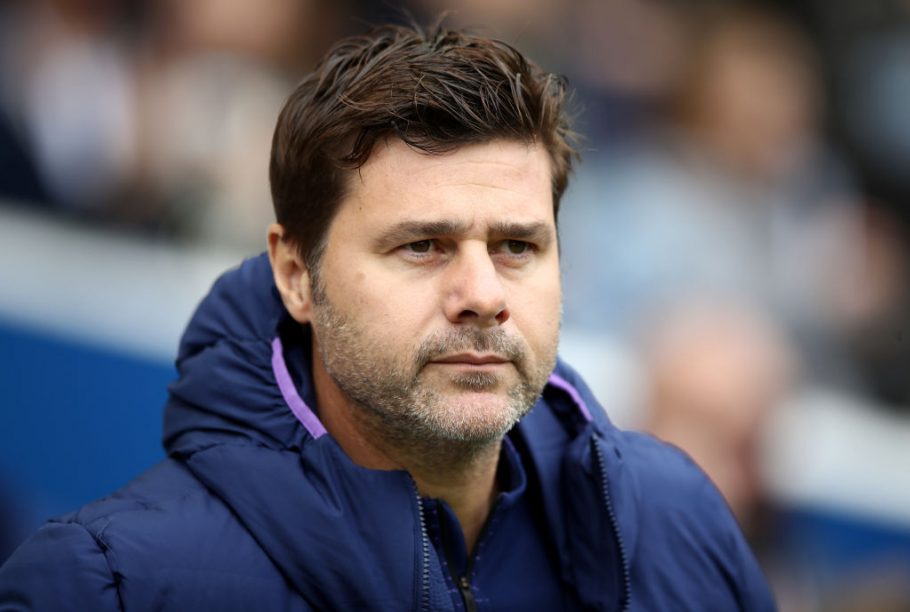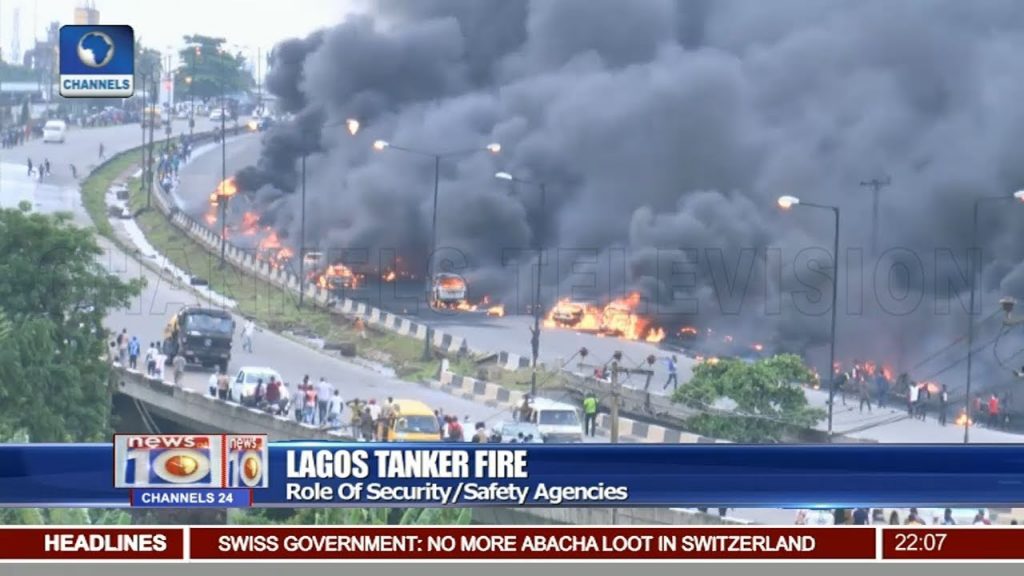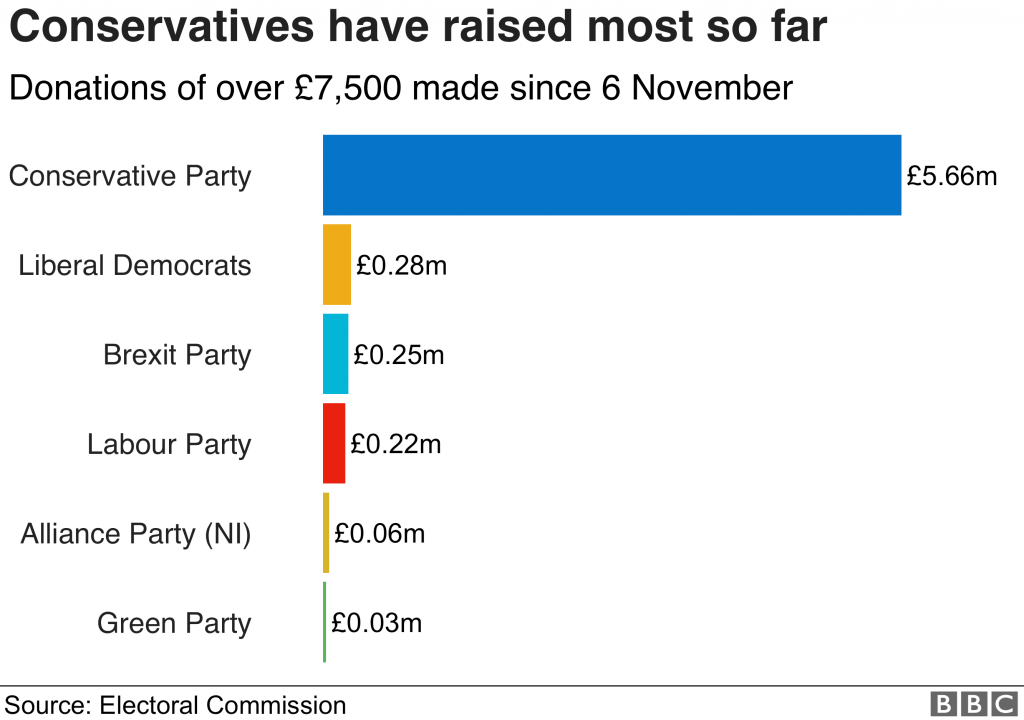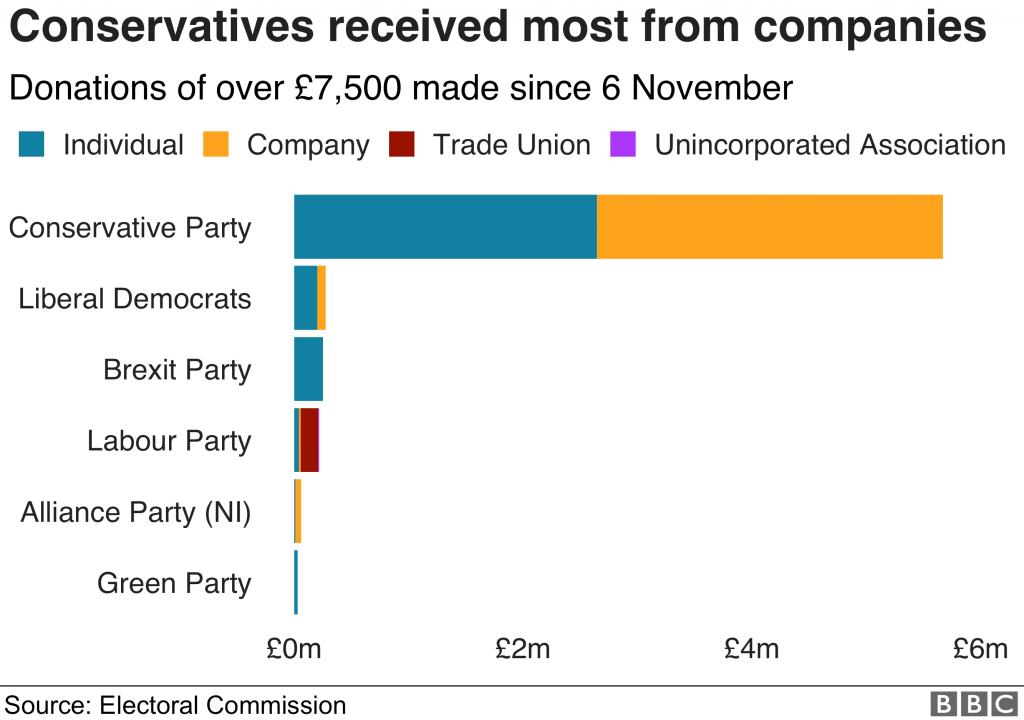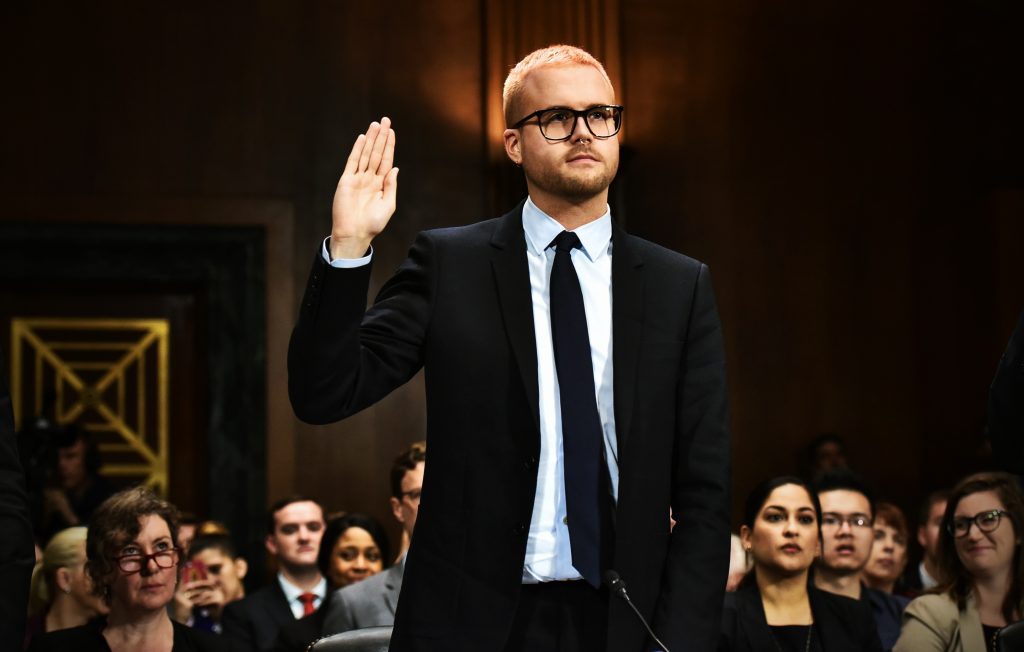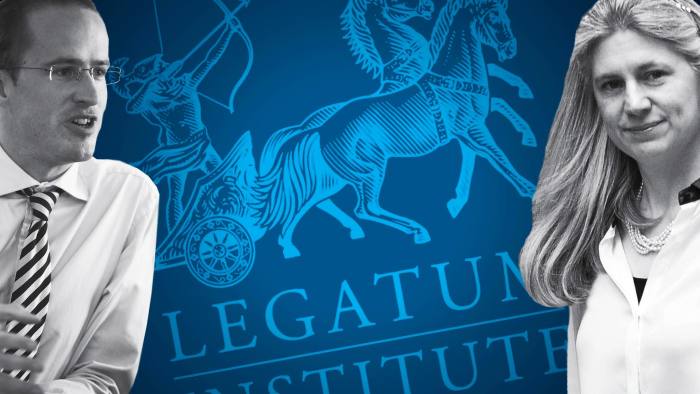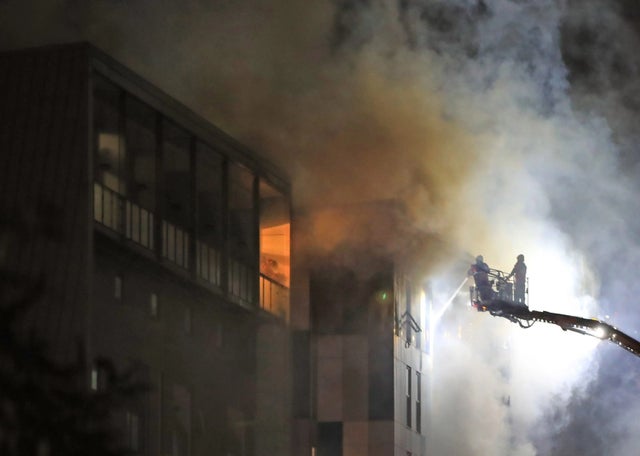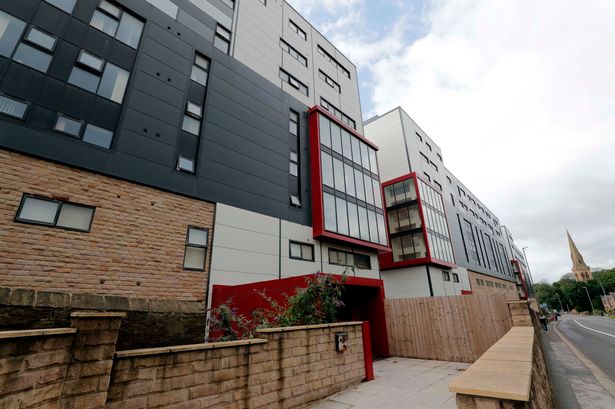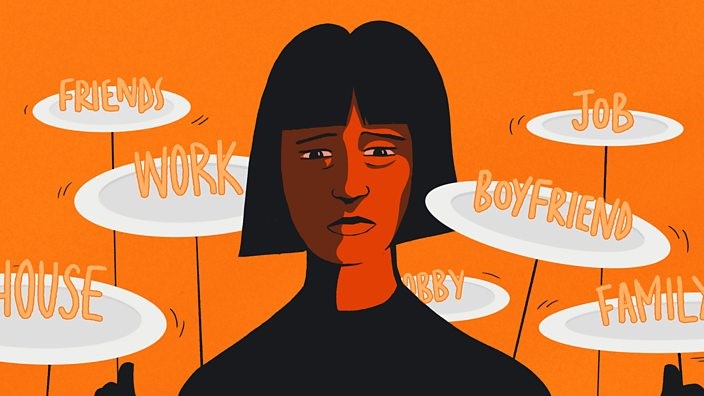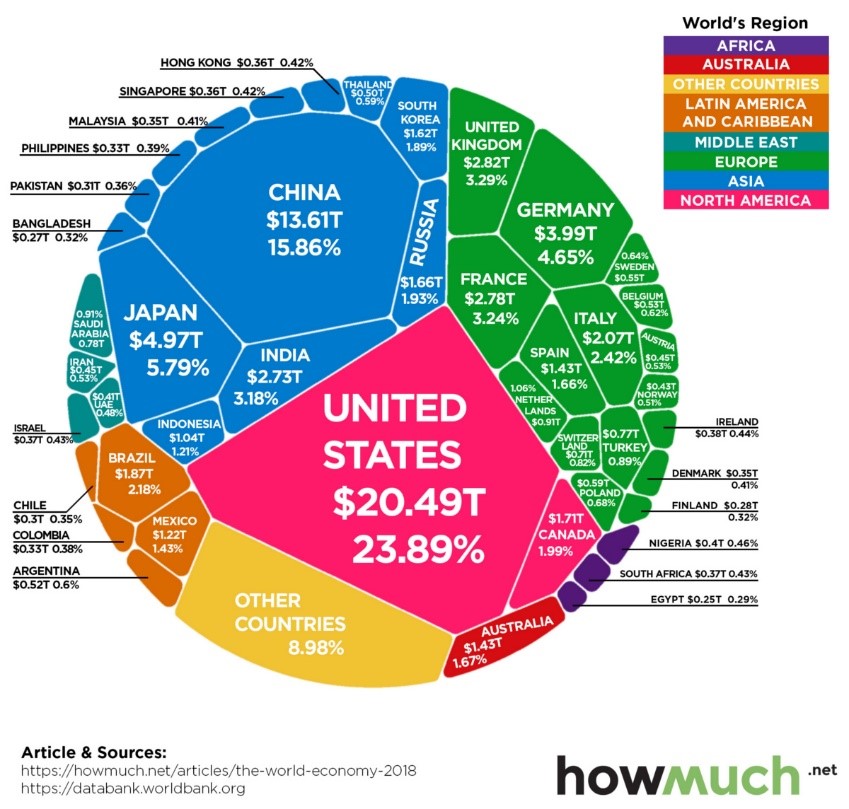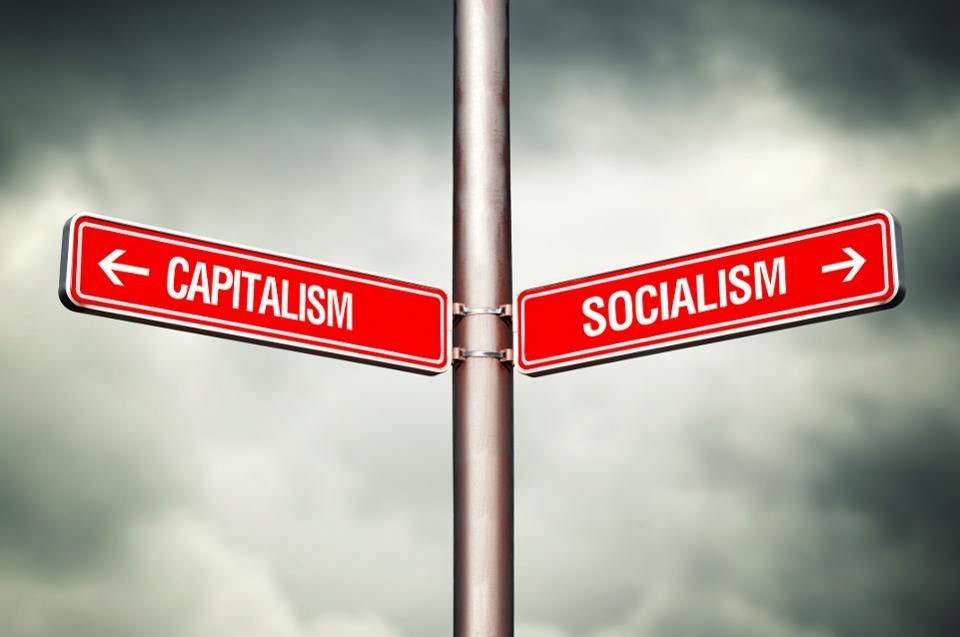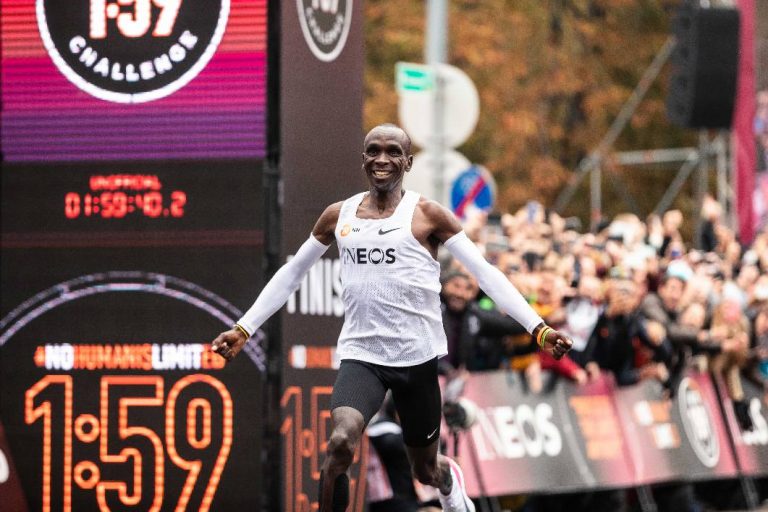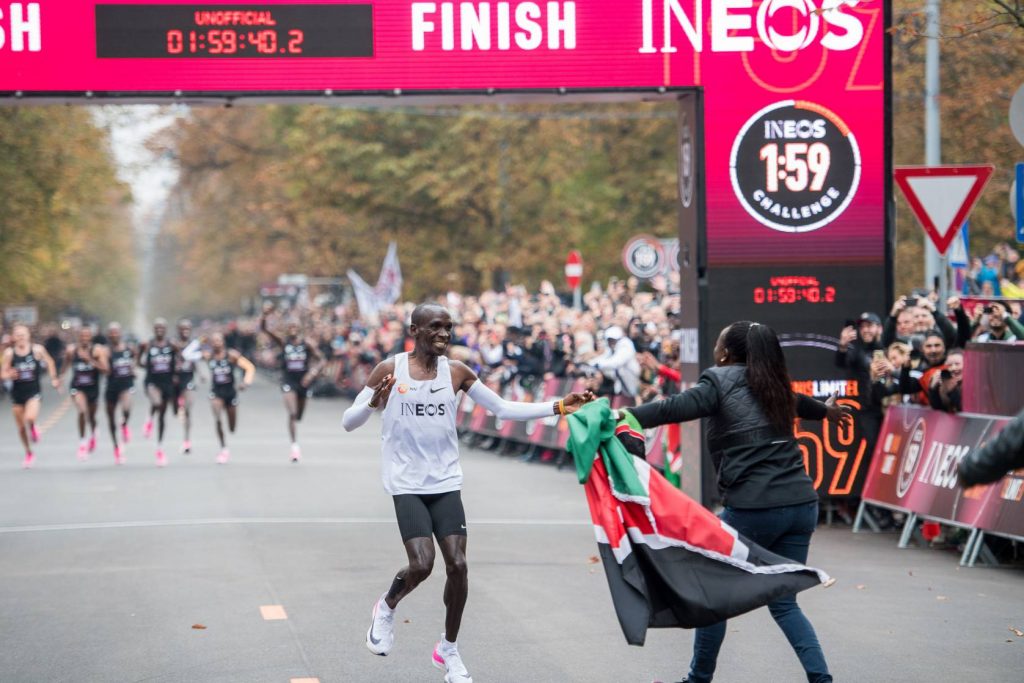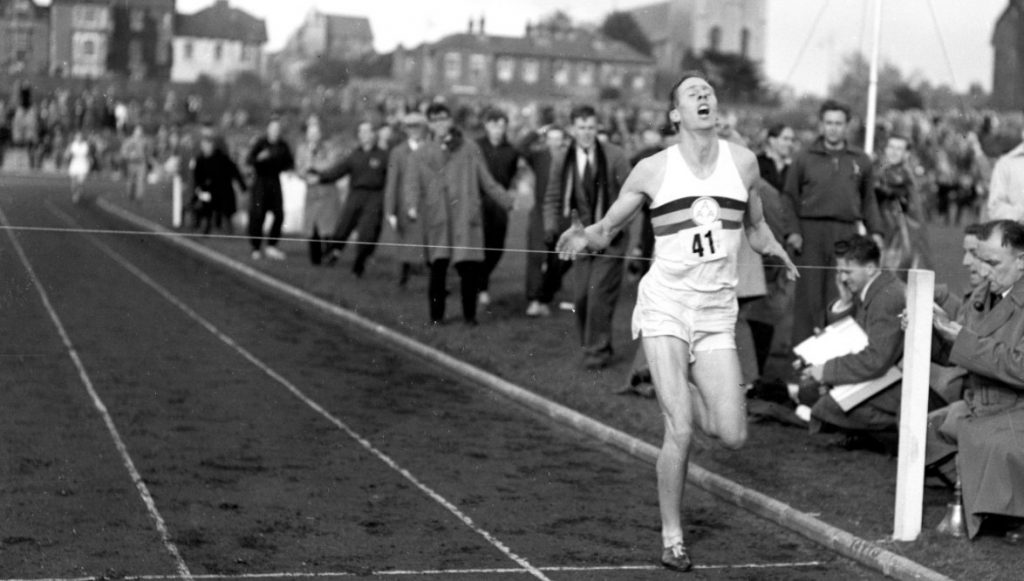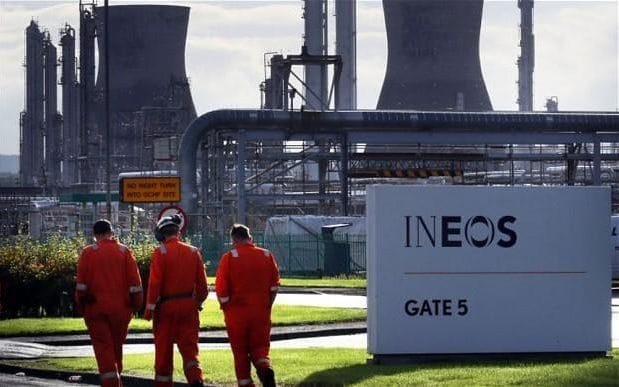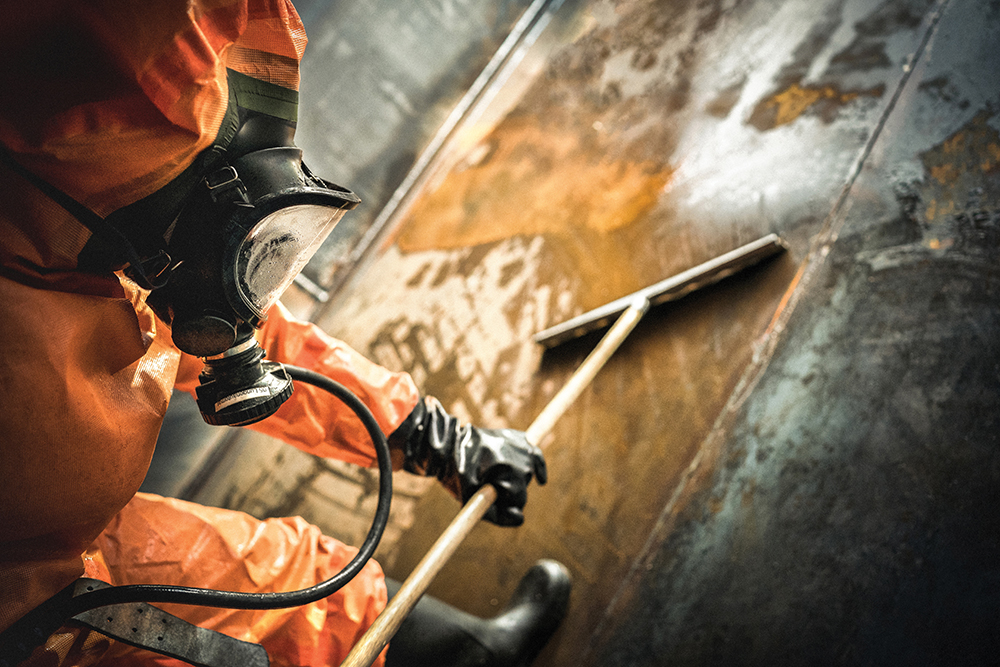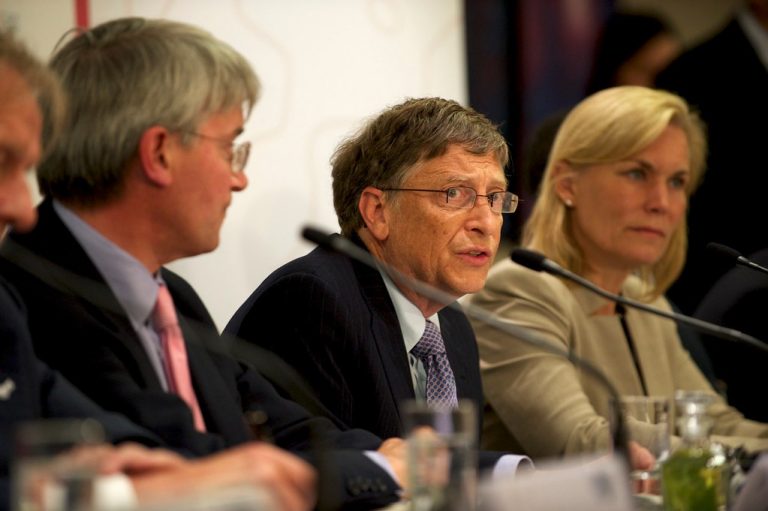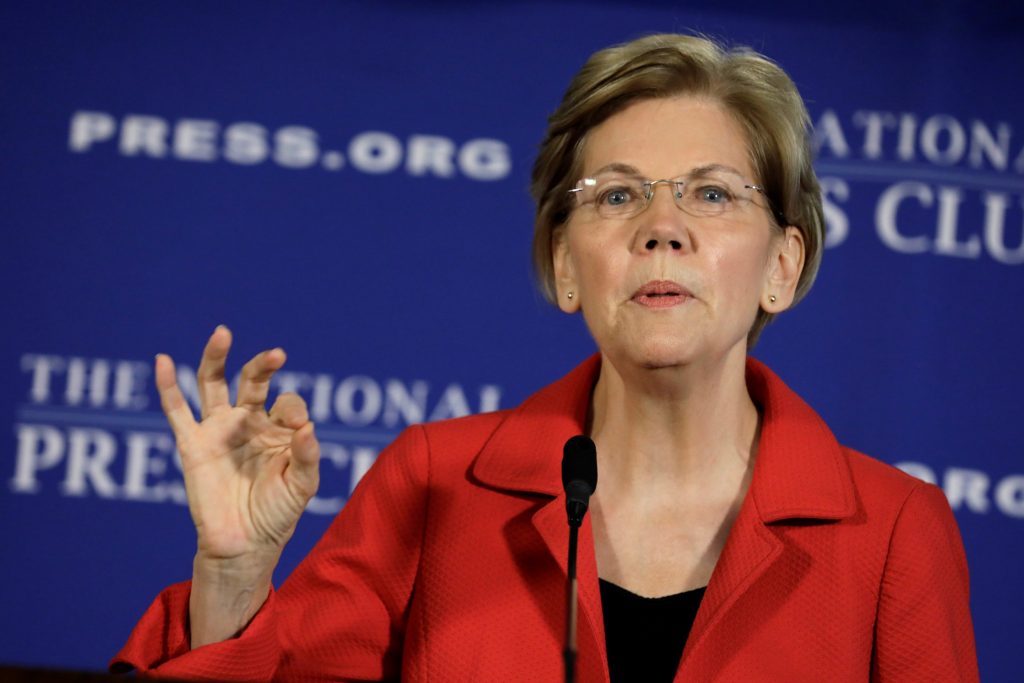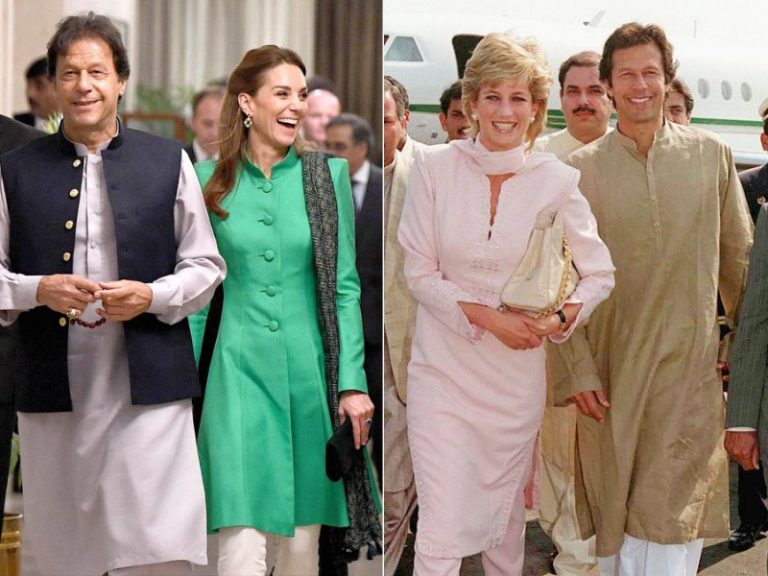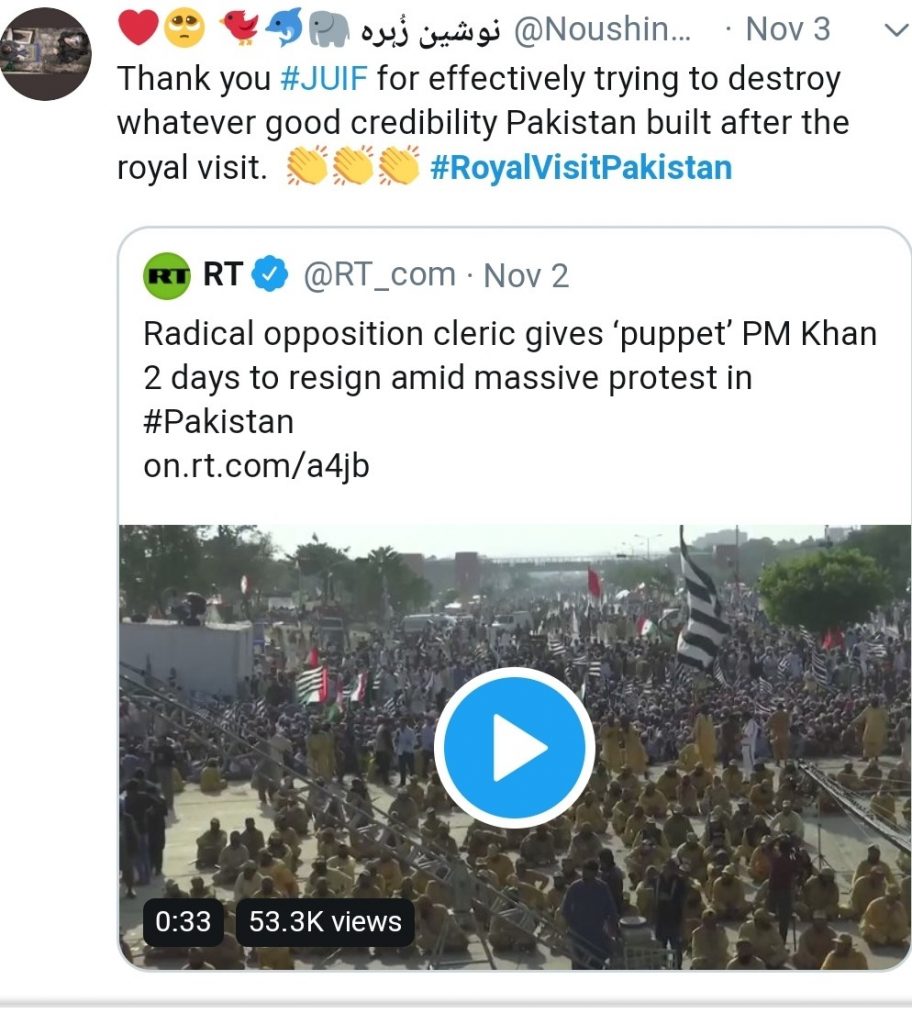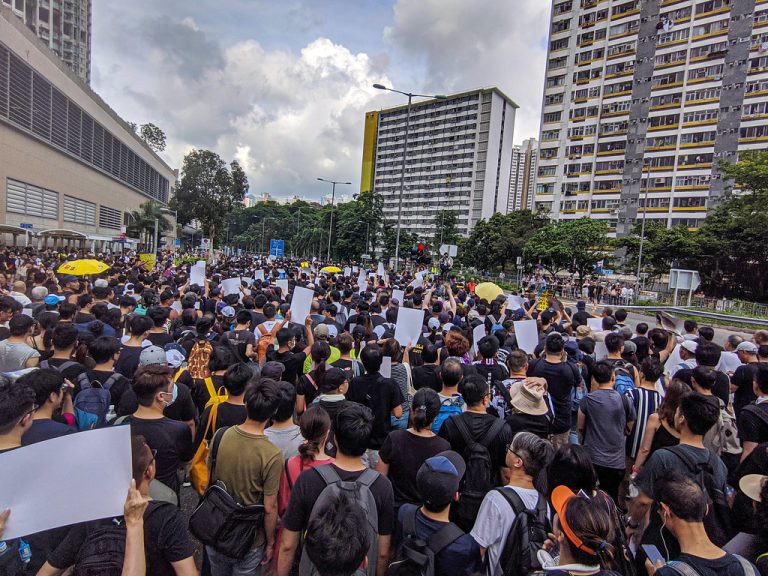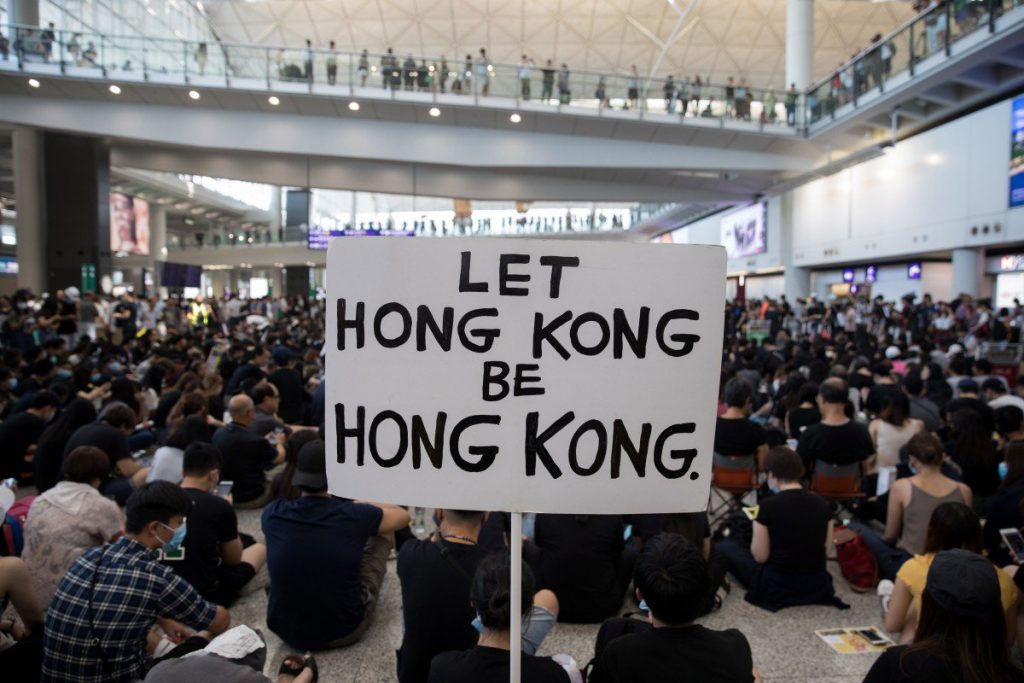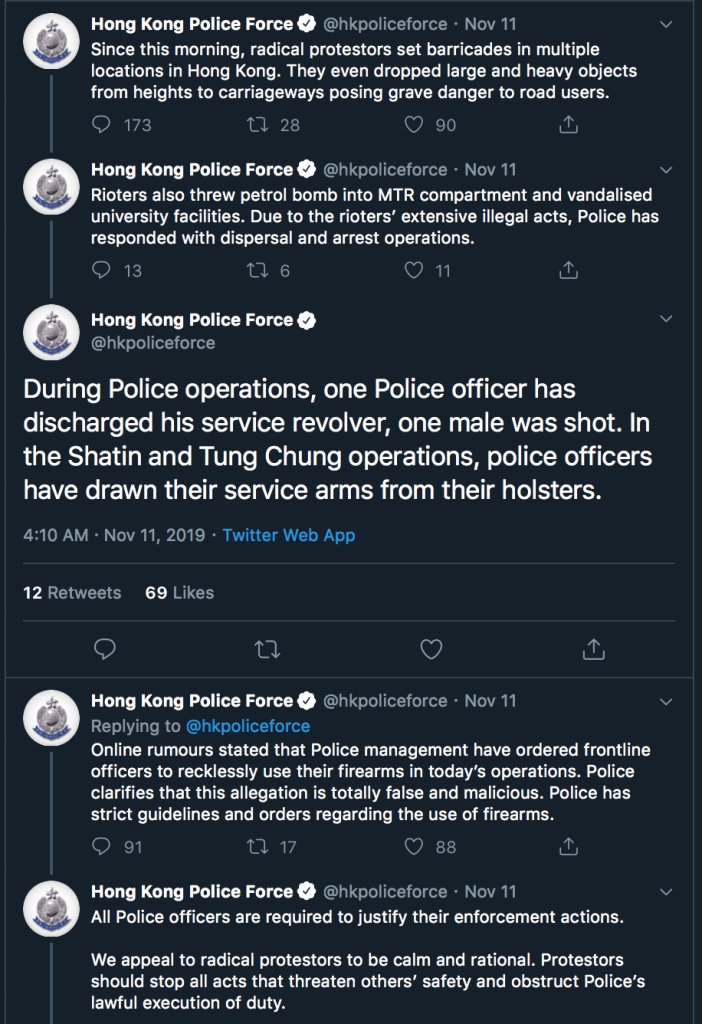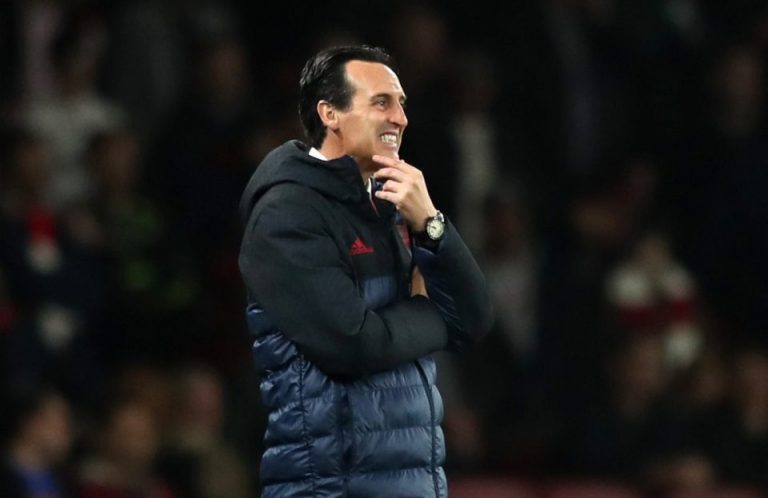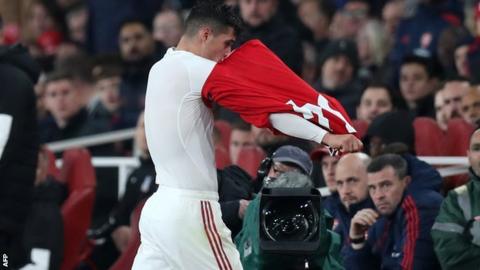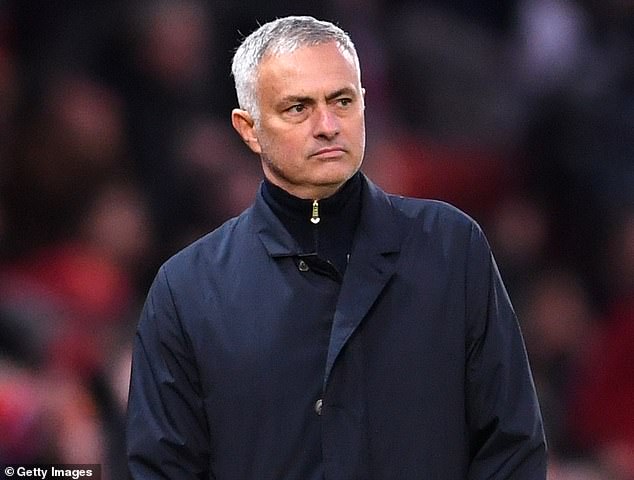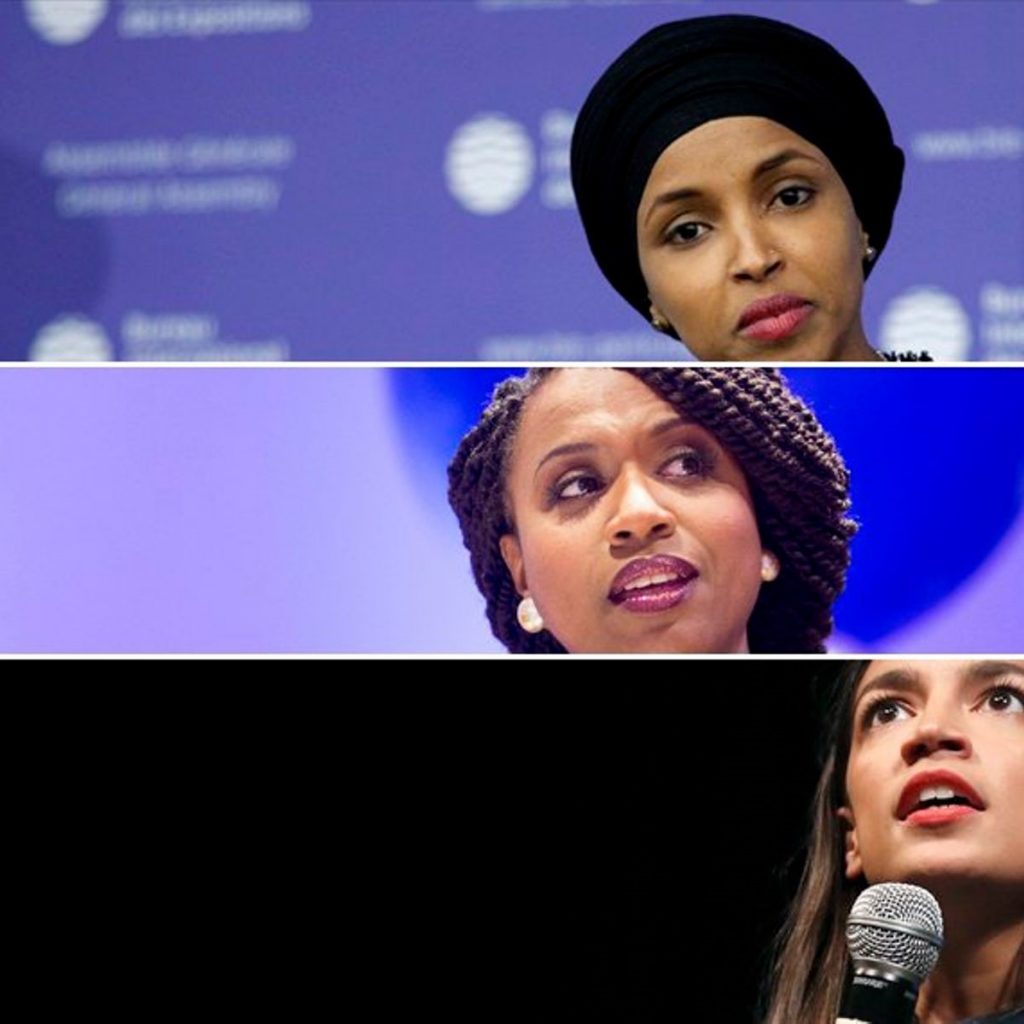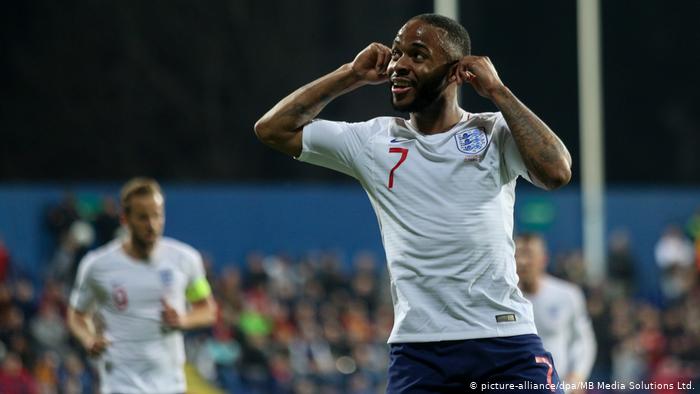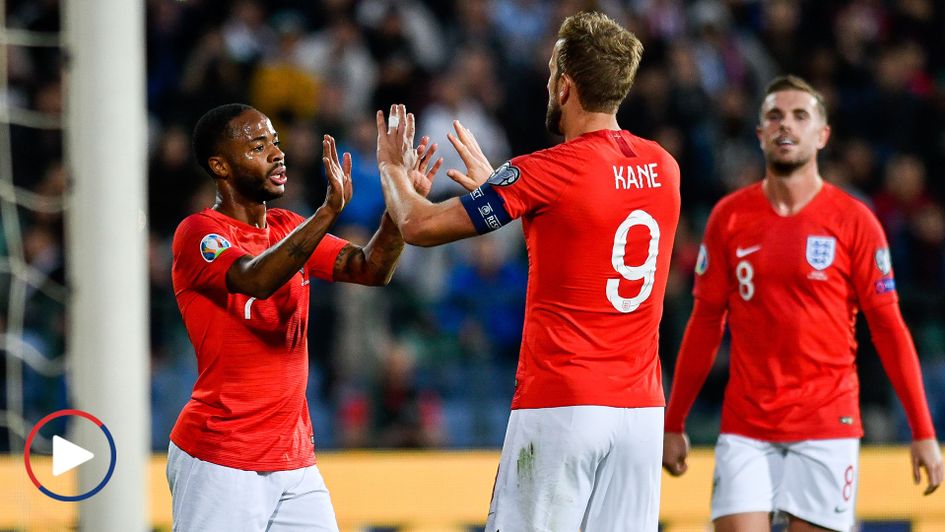A short break-down of the main parties’ key policies
There is no denying that politics affects the lives of each and every person. The upcoming general election in the UK is hard to ignore, wherever you place yourself on the political spectrum. Whether you vote based on promises, policies or if you don’t vote at all, the importance of being well-informed cannot be ignored.
This is especially true for millennials – as time moves forward, young people and adults are having a profound effect on the shaping of how we ‘do’ politics. According to The Guardian, as of the 29th October this year, almost a third of the 316,264 voting applications submitted in the previous two days were from voters aged under 25. With another general election coming up on December 12th, we hope we can help young adults look at the bigger picture.
The political climate in Britain has changed since our decision to leave the European Union in 2016 (better known as Brexit). The public has witnessed David Cameron step down after hearing the results of his own referendum, Theresa May battle with trying and failing to deliver Brexit, and Boris Johnson takes over the responsibility of leading the country.
It may be easy to become disillusioned and unsure of what millennials can gain from each political party. Manifestos are outlines of a party’s pledges to the general public.
The Youth section of the Labour Party’s manifesto, States that politics can appear to be one dimensional and have ‘failed young people.’ One of the party’s key aims, which is seen as controversial by some, is to create a new public service to deliver fast, full-fibre broadband for free, to every household in the UK. This could have a positive effect on those who are not able to do important tasks at home for lack of connection – students who may require the internet to do homework, for example.
Labour has promised to push money into funding the National Health Service (NHS) pledging to increase the UK’s budget by 4.3%. For those second-guessing the result of the 2016 Brexit referendum, Corbyn has said that he will call a second referendum on Brexit. With young adults coming out to vote, the results of a second referendum could be vastly different to those of 2016.
Whilst Labour’s policies look promising for some, others have challenged the financial literacy of Corbyn’s plans – his plans to raise taxes for businesses and higher earners, for instance, caused a stir. Rapper Stormzy, in an effort to encourage people to register to vote, tweeted his support for Labour.
He expressed why he was voting for labour, stating: “…for me, he (Corbyn) is the first man in a position of power who is committed to giving the power back to the people…”
However, Twitter user @ashapaigex hit back: “…please before you vote, bare in mind Corbyn’s promises are NOT REALISTIC and would destroy our economy.”
It does seem as if Corbyn’s economic plans could swing either way with young adults, and the Conservative Party’s manifesto capitalises on this. It starts with a bold note from current Prime minister Boris Johnson: ” For the past nine years, the Conservatives have been cleaning up Labour’s mess.”
It goes on to address key issues, such as the NHS:”And we are proud to have confirmed a record £34 billion per year by the end of the Parliament in additional funding for the NHS – and to have begun work on building 40 new hospitals across the country, as well as investing in hospital upgrades and new machines to boost early cancer diagnosis across 78 hospital trusts.”
The Liberal Democratic Party have taken a hard-line stance against Brexit, stating:” Although the Conservatives claim that a vote for them will ‘get Brexit done’, it won’t: it will simply usher in more years of difficult negotiations over the UK’s trade deal with the EU, with a very high chance of Britain crashing out and trying to survive on so-called ‘WTO terms’ – a deal so bad that almost no other country anywhere in the world trades on that basis.”
Economically, their policies are focused on helping small businesses, enterprise, technology – they believe stopping Brexit will be an aid in increased revenue for the UK.
Their plan, to help the health and social care system, is to “raise £7 billion a year from a 1p in the pound rise in Income Tax, and earmark it to relieve the crisis in social care, tackle workforce shortages, and invest in mental health and prevention services.” They also want to “reform British politics to make it more representative and empower citizens.”
How would this impact millennials specifically?
If the Liberal Democratic party follow through with their key policies, it could mean that more young adults are able to start businesses and marginalised groups could be given more of a voice in politics.
The Brexit party opted for releasing a “Contract With The People.” For those who aren’t into traditional politics, the Brexit party’s approach addresses the nation with an individualistic tone. For example, they have pledged to ‘introduce citizens’ initiatives to allow people to call referendums. The Brexit Party’s manifesto centres around what they call a “political revolution – with policies such as abolishing the “unelected House of Lords,” and phasing out the BBC licence fee. With more and more people, especially younger audiences, using streaming services – the BBC license fee may seem archaic. However, the party’s main priority, in their own words, is to “leave the European Union and deliver the Brexit that 17.4m voted for in 2016.”
In summary, Brexit is the hot topic of conversation, but each main party has a different approach to the key issues of our society.
You can read the full manifestos of each main party below:
The Brexit party: https://www.thebrexitparty.org/contract/
The Labour Party: https://labour.org.uk/manifesto/
The Conservative party: https://vote.conservatives.com/our-plan
The Liberal Democrats: https://www.libdems.org.uk/plan
